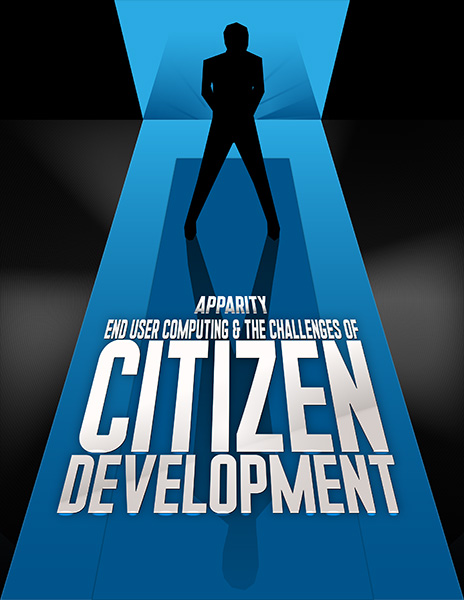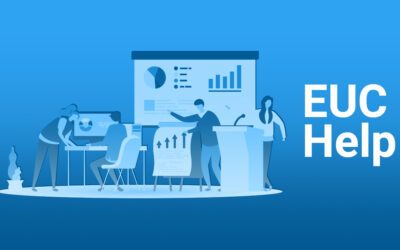Types of Citizen Development
Currently, there are two distinct types of software that enable citizen development to some degree.
The first are products that aim to enable citizen development at a deep level within software development environments. These are mostly dedicated low-code or no-code platforms. They generally involve implementing some degree of separation between technical and citizen developers. The component model, for instance, allow developers to code isolated ‘components’ that can then be tied into business users’ applications.
The second types of software implement no-code methodology to allow business users to interact with their products. This allows users to build product- specific solutions in powerful yet easy ways.
These products could be anything. However, it is common in the data integration space, where users assemble data pipelines using a visual drag and drop interface. Visual drag and drop interfaces are also often used in model-based test automation and business process workflows.

Visual drag and drop interfaces make it easy to configure data pipelines for reporting and automation.
This means that citizen development is not only present within development environments, but throughout a range of software products. With the latter, no-code or citizen development is simply part of a product feature and not called out by name. It is likely that citizen development tools have already slipped into most organizations.

From marketing to legal, many cloud-based Software as a Service (SaaS) products utilize citizen development tools.
EUC & Citizen Development Differences
The chief difference between EUC and citizen development is scope. The latter focuses on specific capabilities. The former tends to take a much broader, holistic approach to involving end users in software systems and processes.
The traditional EUC model has focused on spreadsheets (Excel in particular) to enable power users. Modern approaches further expand the scope to include databases, dashboards, machine learning models, BI reports, and other things. All of which could go into a complete business application.
EUC Management
How does one manage all the EUC types and allow access in a seamless, cohesive, and user-friendly way? How about allowing complex tasks, such as versioning, to be completed by non-technical users?
There are many data management platforms that address types of EUC. For instance, data catalogs often include data discovery, introspection, and taxonomy features. These further enable end user access to databases, BI reports, dashboards, etc.
On the other hand, data catalogs typically do not include version control or management capabilities, which reach outside the data spaces. Thus, data catalogs are not as well-suited for addressing other types of EUC.
What is more, different types of EUC have their own technological requirements. Not all data management platforms support every single EUC type. Identifying the types of EUC used in an organization and which platform(s) provides the best coverage can help gauge ROI.







